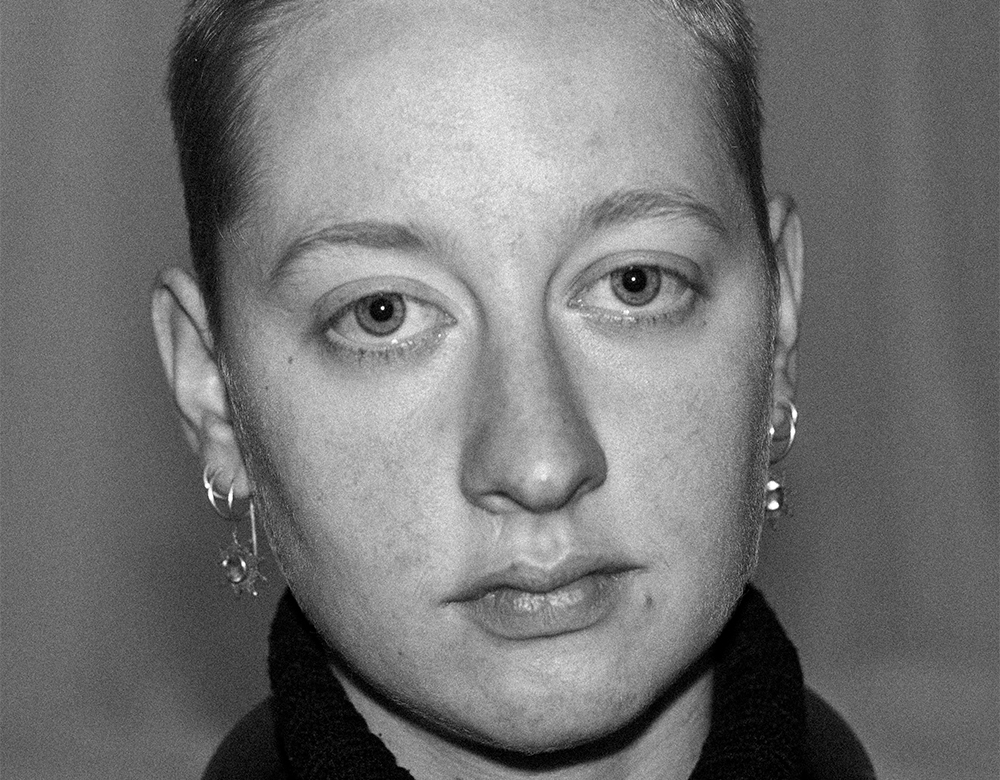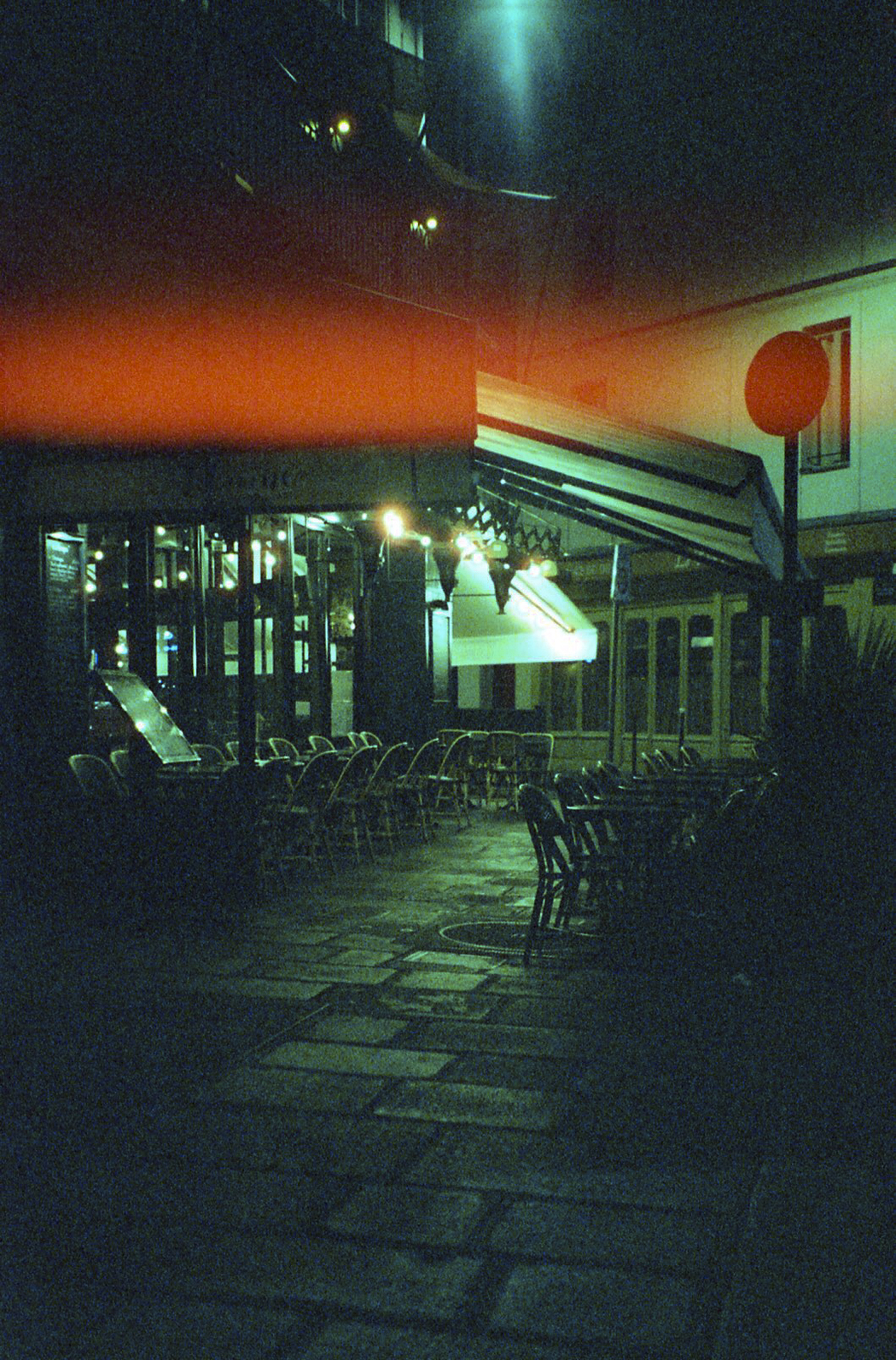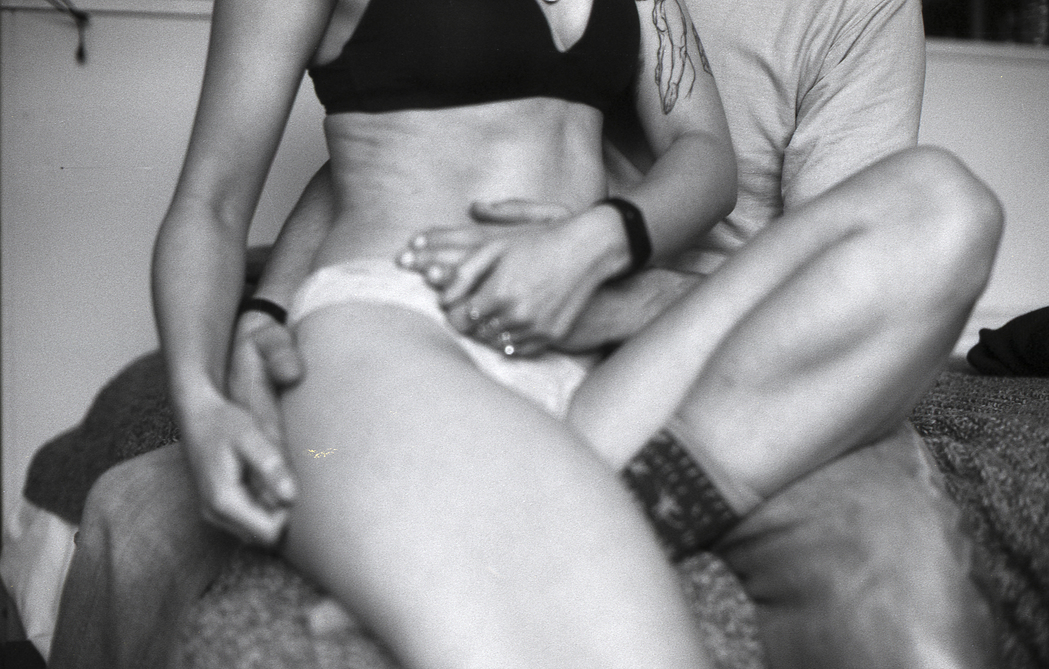Eva Damstra
Year of birth: 1999
Where do you live: Amsterdam, the Netherlands
Your education: BA in Photography from Amsterdam based Dutch Academy for image creation (NAVB)
Your discipline: photography.
Website | Instagram

Your work revolves around themes of intimacy, self-exploration, and the changes that come with growing up. How would you describe the evolution of your self-portraits throughout your journey from the ages of 20 to 25?
That’s a great question, in my photography I try to work as intuitively as possible. That means that the portraits that I take are in a way representative of my being during that time. Take “self portrait on the bed” for example. It was a rough time for me and he was my rock and supported me greatly. I took a self portrait with him in which I wanted to make the love and warmth come across, the end result is a somber and conflicted photo. This is of course how I was feeling during that period. This example, circumstances changing the photograph, happens in all the phases that life brings. I try to minimise the staging in my photography. Of course my style in photography changes and evolves, but the real journey is in the way that I’m feeling- that comes across in my self portraiture.
You mention the influence of societal events such as the housing crisis and the pandemic in your work. How have these events impacted the way you view your personal experiences and those of your generation?
It’s a strange fight with privilege. Yes I have fallen victim to a failed loaning system, to the upcoming housing crisis and (like all of us) the pandemic. But I’m also very privileged in the way I have been brought up, the possibility of education, etc.
I think this is how a lot of my generation feels. It’s a conflicted feeling.

The transition from adolescence to adulthood can be an intense period of growth. Can you share how your perspective on love and lust evolved over the past few years, and how that influenced your artistic practice?
This area of growing up is maybe the most noticeable, in my early 20’s I was in a relationship with someone I knew since I was 16 years old, we were together for almost three years and we did grow a lot together. Although we grew, it was at a different pace. After a while I needed much more stability and communication. When we broke up, I was searching but mostly healing. In the relationship I wanted love and understanding but when we broke up I really rebelled to that idea. I had many one night stands, I think also trying to get validation that I’m still desired.
After this wild phase I was trying to figure out what I really wanted. My standards became really high, I was really looking for a life partner and not just another fling. I was also fine on my own, and didn’t need anyone anymore. Had my friends and it was alright. Then, when I least expected it. My new partner came into my life.
This whole journey is of course noticeable in my photography. In the phases of being with my former partner my self portraits are searching for something, this was also the phase where I practised automutilation, later I realised that this was because I was very insecure in my needs.
Later, in the phase of searching for desire, I almost objectified my body. In my latest photography it leans more towards security and love.
Your project focuses on the universal insecurities that come with the age of 20 to 25. How do you think these insecurities manifest in your work, and what do you hope the viewer takes away from them?
When I start to form a project and a theme, I always notice that universal feelings are a difficult way to approach a bigger audience. It brings along almost a resistance. I try to approach it in a really personal way. ‘This is how it feels/felt for me.’ This results in a more open interpretation and more people will find a connection to my work. The insecurities that I felt during this period in my life are to be summarised into one bigger insecurity, wanting to feel like I belong. This transcends into all aspects in life, and dus my photography. I hope my viewer takes away that this will come. I did find peace in who I am, and I’m really happy that I documented the search because it taught me so much.

In your series, you blend analogue photography and digital. Can you tell us more about why you choose these mediums together, and how they complement the themes you’re exploring?
The choice to blend these two mediums together was mostly considering the cost. I love the feel, look and way of working analogue photography brings. But rolls of film have been becoming increasingly expensive. As an artist I had to find a way to still capture everything that was worth capturing so I decided to blend these two. In the series there are even some photos I took on my phone. For me the moment is more important than the medium on which I shoot.
Can you explain the process behind creating a self-portrait? Do you plan each image in advance, or do you let the process evolve organically?
Sometimes an image pops in my head, or there is a feeling that I want to visualise. In that case it’s a planned self portrait. Most of the time it’s spontaneous, I see myself in a mirror in a different light and start taking photos. I change poses and clothes and a few weeks later I review the images and pick one. So it’s a mix of both methods.

Your work often alternates between images and diary-like texts. How do these two elements—visual and written—work together to tell your story? What does each medium add to the other?
I’ve always been drawn to the art of writing, but I’m a horrible writer myself. Especially since English is my second language and I think my mother tongue (Dutch) lacks a sense of poetry.
The way that text and photography work together for me are in a more personal style, like the diary-like text I used for this last series.
In my original plan I started writing these small drafts, so they could form a larger text to open the series. Together with my designer we later decided that the small texts throughout the book would be better and give more structure in the bigger picture. The text adds a layer of context to the photo’s. This also happens when I title my works. It gives context in which the picture is shot.

Leave a Reply